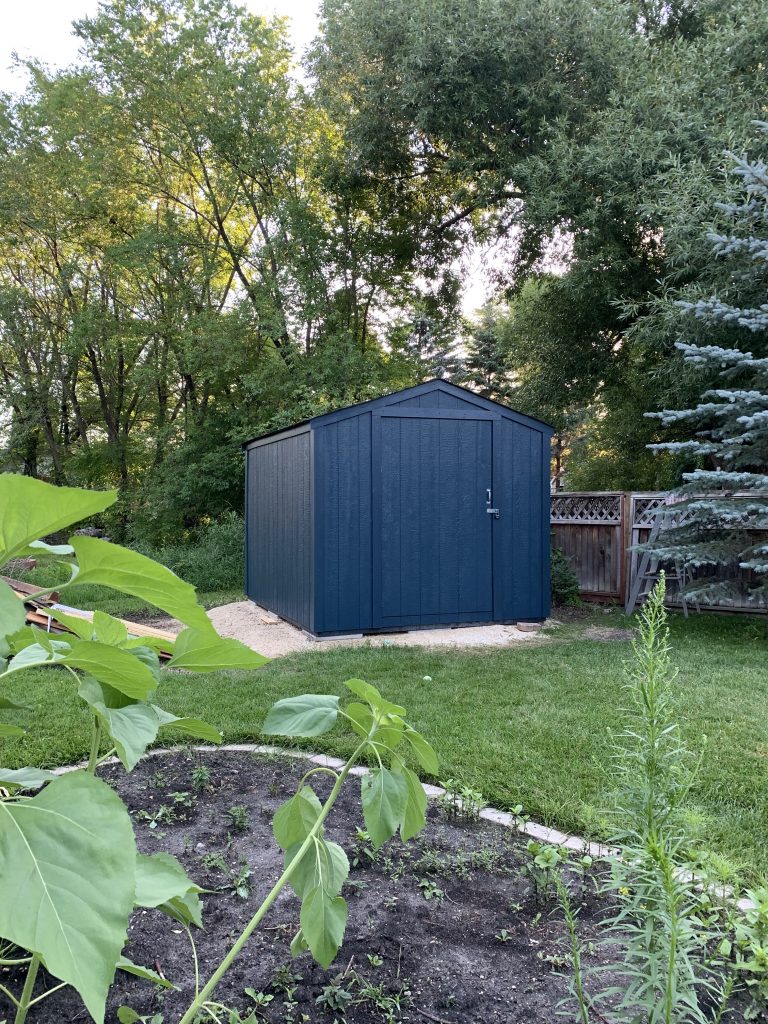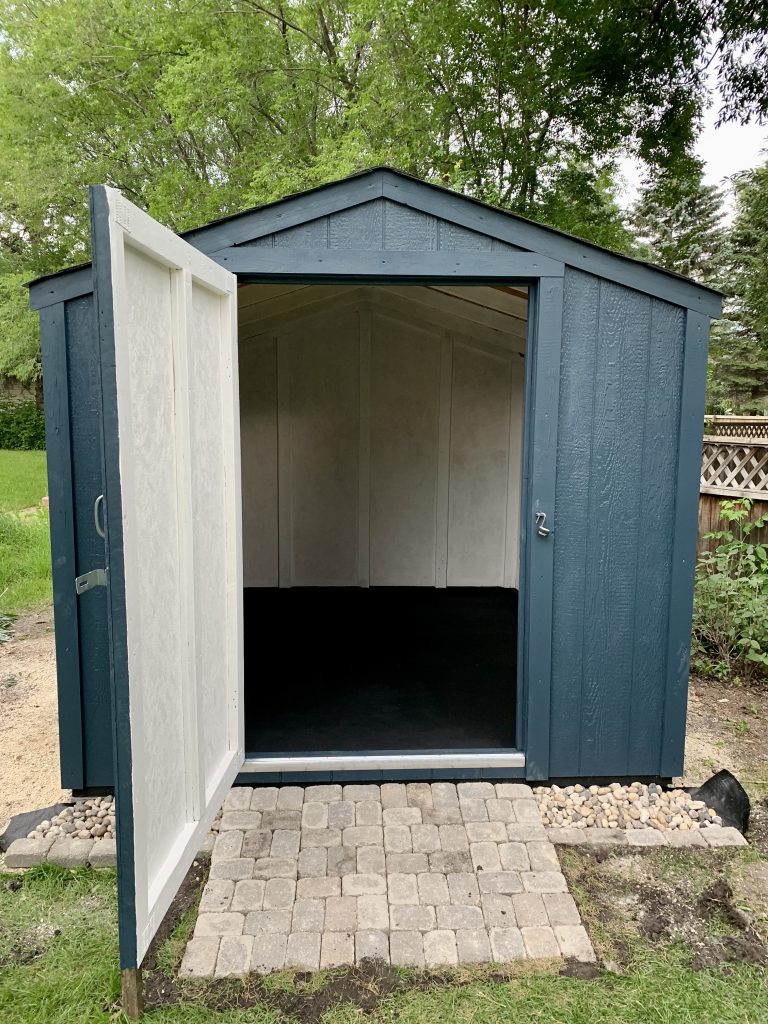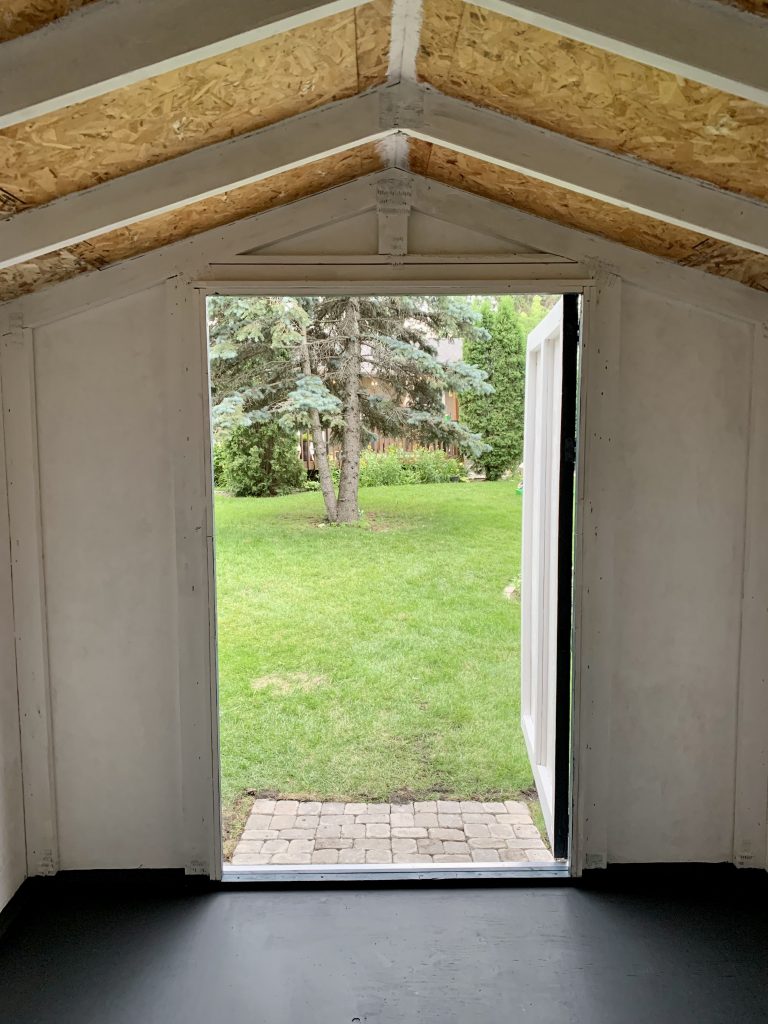Be careful who you pick as your hero.
Beau Miles has inspired my creative and just-a-tad-odd side ever since I heard about his 26-hour marathon. After watching the video, I watched the rest of his wacky adventure stories, including his Run the Line video, and the one about his kayak commute to work. And don’t forget his life experiment of eating only beans for 40 days.
But recently I was inspired by his Junk Cabin project.
It just so happens I was planning my own backyard building project. Our old garden shed was about to fall down, and had a roof which looked more like cheese cloth. The blue walls – painted probably 30 years ago to match our house’s original colour – were mostly peeled to old-wood-gray, and the whole thing was ready to be torn down and replaced.
But it also so happens, the price of building materials has been high over the past couple years, and my budget for this project was low, so the idea of a “junk shed” sounded nice. The only difference between Beau’s situation and my own was, he’d been collecting scraps of lumber for 5 years, while I had used what little scraps I had for other little “built with junk” projects over the past couple years, and had done no additional collecting.
In short, I had no junk for a junk shed.
Niet alles is verrot (not everything is rotten)
My in-laws were visiting from out of town for a few weeks, and my father-in-law, who happens to have years of experience with building projects, was asking to be put to work. Looking at the numbers, and taking a deeper look at our old rotten shed, we realized the raw materials for a junk shed were right under our noses.
Not everything was rotten. (Which seems like a nice life slogan as well.)
First step was to move the shed off it’s foundation, then to build it up to get it out of a low spot (standing water being one of the causes of the rot). After much sweat and a few tears, we moved the shed onto its new foundation and pulled all the rotten wood off. We found that the main frame of the shed, as well as most of the flooring, was still quiet usable.
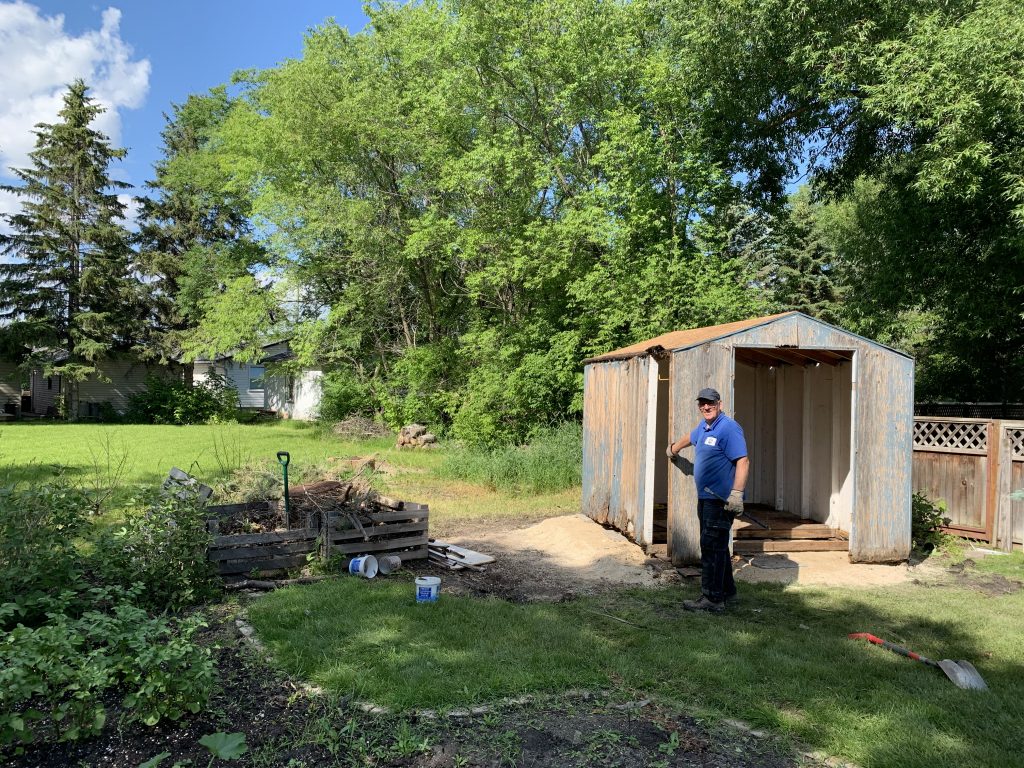
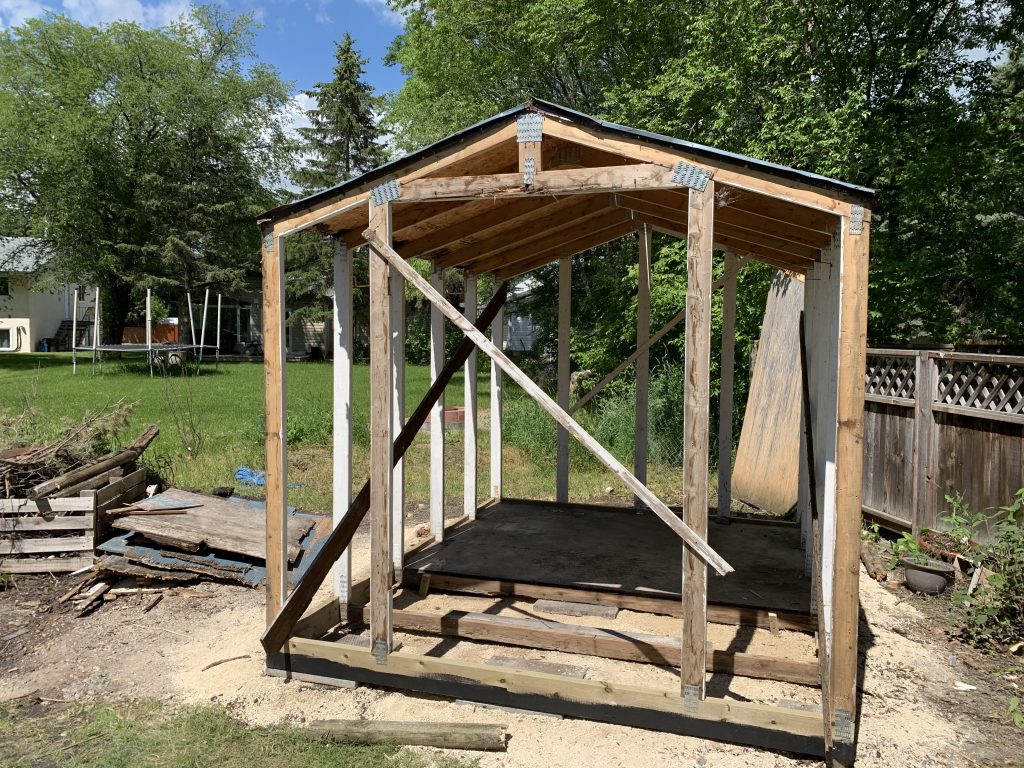
We still ended up going to the hardware store daily for new materials, spending more than Beau’s $60 on the project. But we were also able to re-purpose some scavenged lumber and random parts. One highlight was taking my grandma’s recently-discarded quilting rack and repurposing the wood, worn smooth over years of quilting blankets for all her grandchildren and others.
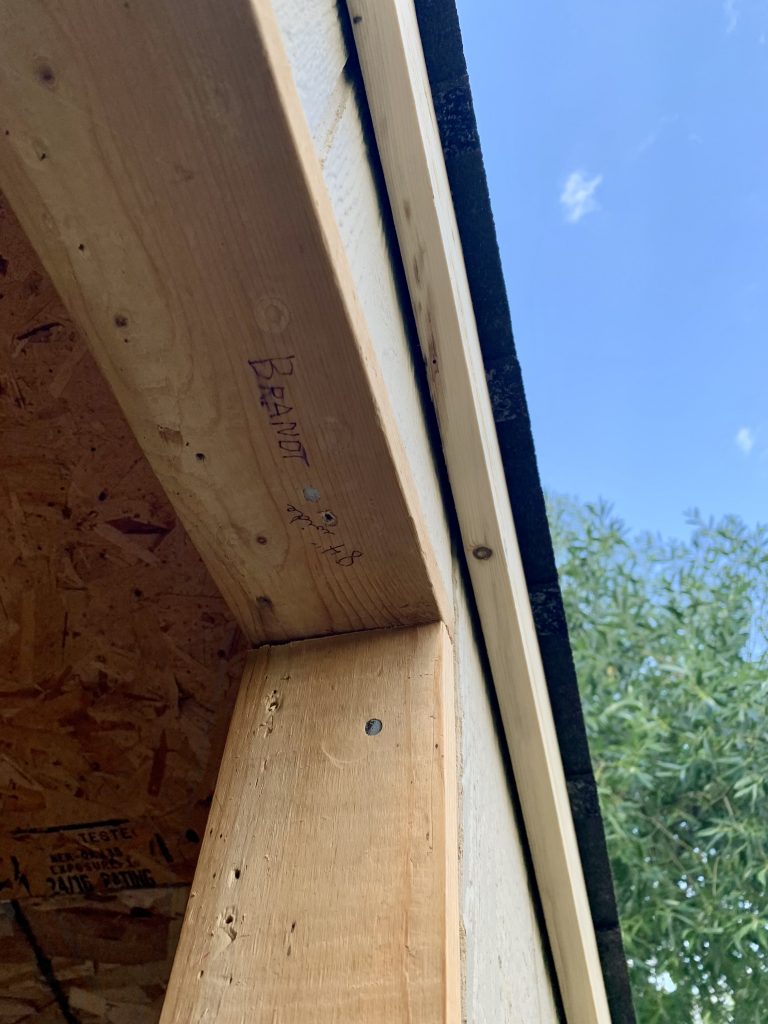
What we’ve ended up with is a shed that looks like new, but holds the history of the place, the old shed, and some family history too. Not to mention some crazy stories about how we moved a rotten old shed over 4 metres (twice) using nothing but our own muscle and simple machines built out of a neighbour’s own rotten pile of wood.

Sometimes the raw materials for the next new thing are lying somewhere beneath the old rotten mess under your own nose.
Update
Our shed has taken a turn from “junk shed” to, “hey, that looks pretty nice!” shed, here’s a photo update:
